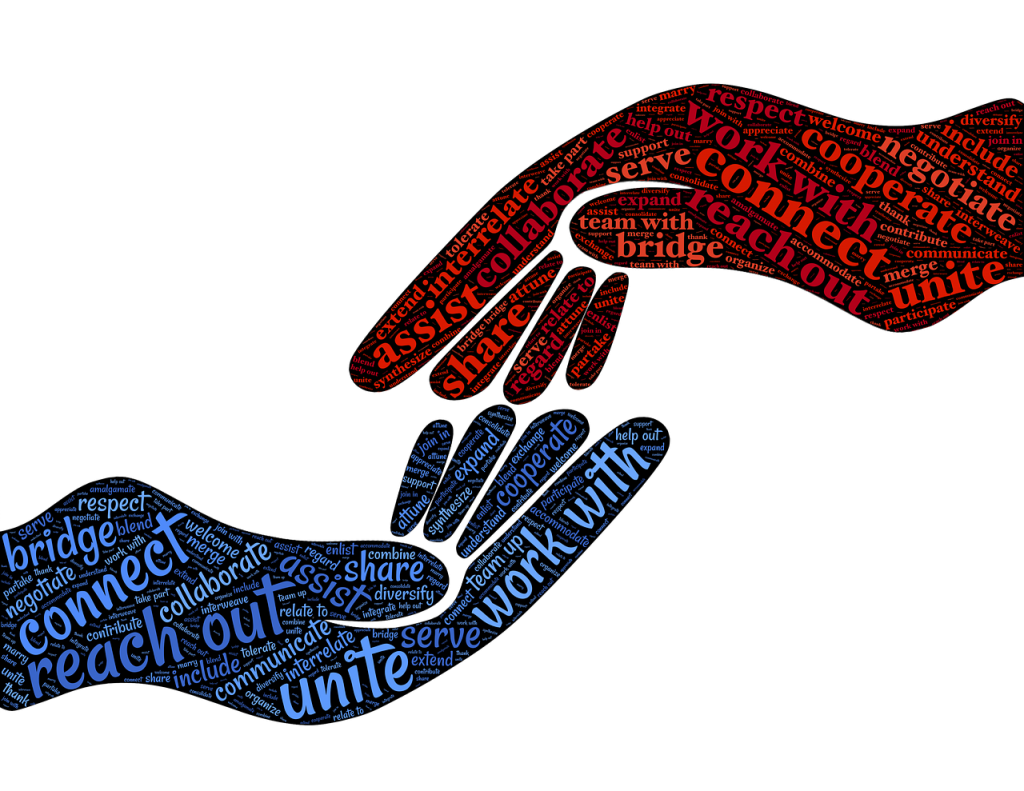We have been hearing a lot about why work stream collaboration is required at the work place . That set me thinking. What makes work stream collaboration so important?
While there many benefits of collaboration , especially teamwork, there are many more that may not be so obvious, but are by products of work stream collaboration.
For me, collaboration is not just working together on a task or set of tasks. It is a way of doing things so that they can be used as a reference for future teams. These future teams would be working on the same task or similar tasks.
Work stream collaboration
First, let me define the scope of work stream collaboration and how it applies to your workflow. In a traditional application, you have a standard set of tasks that are performed one after the other in a pre defined manner. Typically, a few of these tasks have reviews and approvals associated with them.
When I extend this workflow to involve people who are not originally part of the workflow, I can call it collaboration.
I am now seeking additional input from people who can add value to the task I am working on. The people who are coming in ad hoc to your workflow to help you, need not be part of the standard set of workflow users. They could be a totally different set of people for every task that you do in the same workflow.
And this is what is called work stream collaboration.
WHY and not just WHAT
Working collaboratively, we are adding to the quality of the task because there are experts at every stage giving their valuable input. We are also building a repository for future reference. When you look at an old case or an old task in your work stream, by going through the inputs/comments of various people, you know why the task was done in a certain way.
So all in all we also have a WHY (something was done) and not just WHAT(was done).
This WHY and not just WHAT for me is the real value here. We all tend to wonder why a certain task/project was done in the way it was done in the past.
An example from Programming

As a person coming from a systems and programming background, there is one more important aspect to talk about. We often create a lot of technical documentation around the programs we write. For a programmer, can there be anything more important than inline documentation?
We know that inline documentation/comments is most effective when it is created along with the logic. The moment the code is passed on to next person for modification or additions; (s)he would rely heavily on these comments to understand the WHY of the logic in the code. When (s)he has to change or add on to the code and the logic, (s)he would add their own comments. In the process, a lot of knowledge is accumulated as the work is being done.
Now extend this logic to some business work flow. When you come back to a certain task after sometime, would it help if you see comments/discussions around that transaction? Would it make more sense and help you understand WHY a transaction took a certain path in the workflow?
All of this would not happen if you are sitting in one corner working in isolation.
Involve key stake holders at the right time

Going back to my example of programming, it’s a standard practice to send your code for review. Typically ,the reviewer would add his comments, if needed. There are times when the work is sent back for modifications or corrections. In a collaborative setup, you are exposing your code to the reviewer even before you have fully completed the task. In the process you are getting valuable feedback at the time when it matters most.
Of course there are down sides to this, because you may see this as too much of an intervention by others. What if you can do this selectively? Involve others only when you really need it. Then, the whole process can be made very effective and save a lot of time,when your work is finally sent for review. Your chances of rejection or suggestion for rework would come down drastically.
Again, extend this to a work flow where you are actively seeking the input of the key stake holders at every task. As you move ahead with your work flow, you will see how the entire process moves ahead seamlessly.
Going back to Work Stream collaboration, I hope you can see the difference the work stream collaboration could make to the way you work and how it can increase efficiencies all over.



